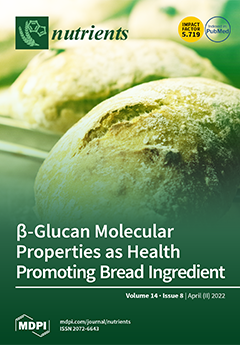For older adults, self-care begins with daily health behaviors (DHB), which refers to a series of basic behaviors beneficial to health in daily life; it is the foundation for promoting health, preventing disease, and maintaining health with or without the support of a healthcare provider. Thus, this study aimed to observe the changes in DHB among older adults when the COVID-19 pan-demic first erupted in China (at the beginning of 2020) and explore the impact factors on self-care routines in daily life. We applied a cross-sectional study among 1256 (83.7%) valid older Chinese from 19 February 2020 to 19 March 2020, the score of DHB changes (mean ± SD, 14.70 ± 2.140; range, 8–18) presented a significant growth (t
1256 = 44.636,
p < 0.001) during COVID-19. From 3 hierarchical linear regression models, the older Chinese who received a higher education include high school (
β = 0.403, 95% CI [0.009, 0.797],
p = 0.045) and college degree and above (
β = 0.488, 95% CI [0.034, 0.943],
p = 0.035), and lived in the eastern China (
β = 0.771, 95% CI [0.392, 1.151],
p < 0.001) took DHB more frequently. However, the high-risk infection (
β = −0.740, 95% CI [−1.248, −0.231],
p = 0.004), overweight/obese character (
β = −0.265, 95% CI [−0.526, −0.004],
p = 0.047), and alcohol consumption (
β = −0.350, 95% CI [−0.634, −0.065],
p = 0.016) are significant factors in decreasing a senior’s DHB performance. For China, self-care offers a straightforward strategy among the range of measures required to combat COVID-19 and future health threats. In summary, findings in this study can build a foundation for developing healthcare policy and services for the relevant government and departments on prompting DHB and the importance of self-care among the older population.
Full article






